Strix Halo APU: AMD's Next Frontier in Mobile Performance and Thermal Innovation
- Aug 12, 2024
- 0
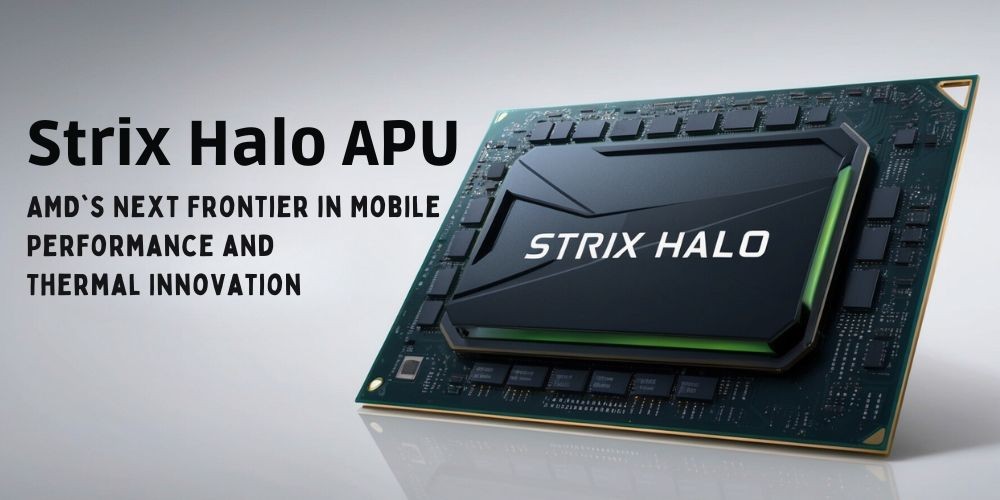
AMD's innovation in the mobile platform sector continues to impress, as indicated by the latest leak concerning the Strix Halo APU. Geared towards high-performance mobile devices, these new APUs offer substantial improvements over previous iterations, including integrated RDNA 3.5 graphics, a robust build, and significant advancements in power and thermal management. Set to appear in the ASUS ROG Flow Z13 in 2025, these chips could redefine what enthusiasts expect from mobile computing.
Chapter 1: Understanding the AMD Strix Halo Die
The AMD Strix Halo APU is an expansive and intricate piece of technology. Measuring 24.04 x 19.78mm, its total die size equates to a whopping 475.31 mm². This makes it almost twice as large as the Strix Point APU, which measures 232.5 mm². The design integrates three chiplets, including two Zen 5 CCDs and one devoted GPU die tasked with I/O and memory controller duties.
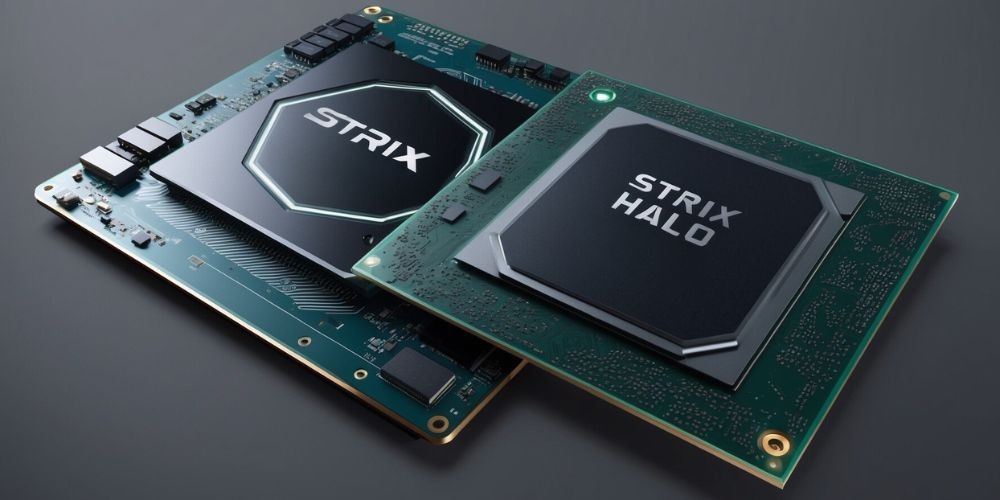
The Details
The CPU packages feature eight cores per CCD, translating to 16 cores and 32 threads in total, all based on the Zen 5 architecture. Each CPU die is sized at 66.345 mm² and 70.6 mm² with stiffeners. Additionally, users can expect core clocks reaching up to 5.36 GHz in certain configurations.
The iGPU die measures 19.18 x 16.02mm or 307 mm², making it larger than the entire Strix Point APU. This size accommodates up to 40 RDNA 3.5 compute units, placing it in the realm of discrete GPUs in terms of capability. The RDNA 3.5 iGPU is expected to be the most power-hungry component, with a hotspot temperature recorded at 86.6°C.
Chapter 2: Breakdown of Power Configuration
The power distribution of the AMD Strix Halo APU reveals a well-balanced approach designed for performance and efficiency. The Zen 5 CCDs, denoted as CCD0 and CCD1, each have a maximum power rating of 15W, totaling 30W. The GPU and I/O controllers together draw 72W, while the memory systems are rated at 13W. Thus, the complete configuration, including DRAM, hovers around 115W.
Memory Options
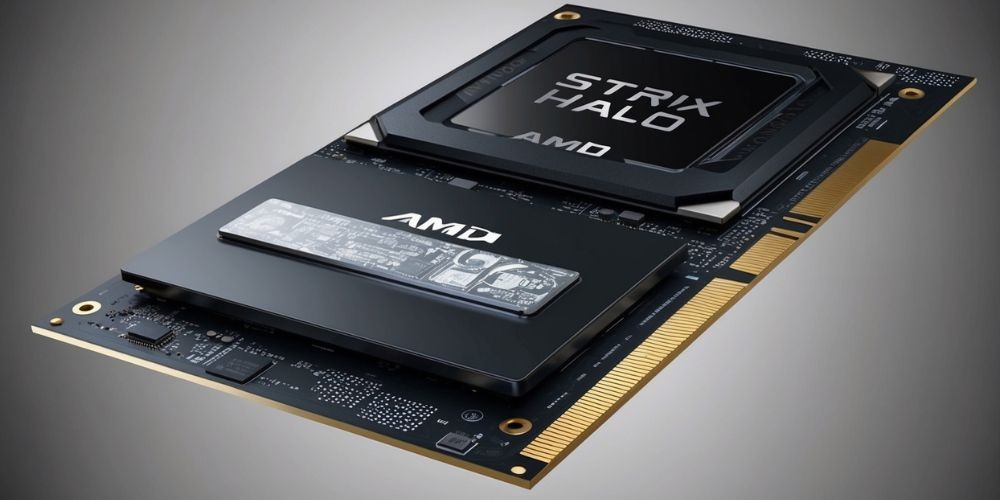
The Strix Halo supports both SO-DIMM and LPDDR5X memory types, offering speeds up to 8533 MT/s and utilizing 256-bit channels. Memory options range from 32 GB to an impressive 128 GB for those requiring extensive memory resources.
Chapter 3: Integrating RDNA 3.5 Graphics
One of the standout features of the Strix Halo APU is its integrated RDNA 3.5 graphics solution. Containing up to 40 compute units, this iGPU is poised to rival discrete graphics options like Intel's Raptor Lake and NVIDIA's GeForce RTX 4070 GN21 chips, both equipped with similar power solutions.
Performance Expectations
This advanced iGPU aims to push the boundaries of what integrated graphics can achieve. AMD’s RDNA 3.5 is designed to offer high-end graphical performance uncommon in APU form factors. The high compute unit count signifies that users can expect significant improvements in tasks such as gaming and graphic-intensive applications.
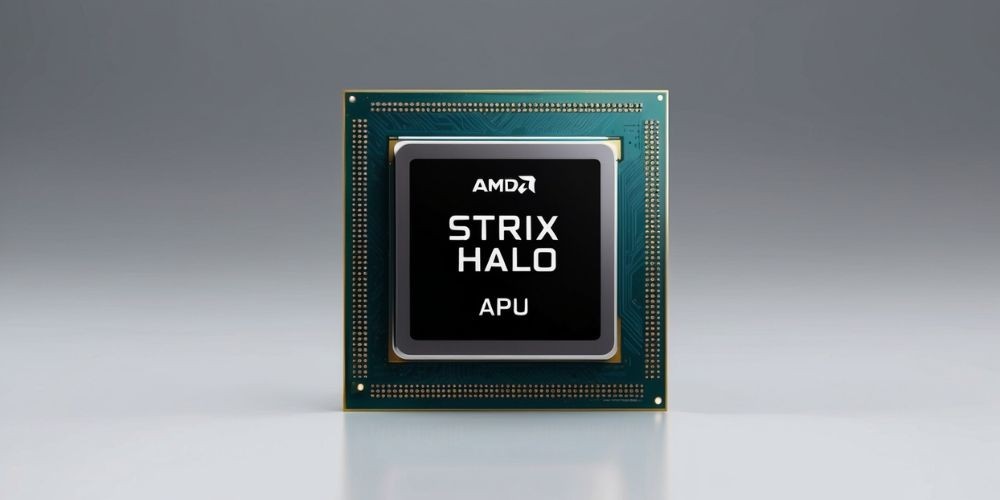
Chapter 4: Platform and Configuration Options
AMD has confirmed that the Strix Halo APUs will utilize the FP11 socket and will be available in configurations ranging from 55W to 120W. These will come in tandem with memory variations of 32 GB (+5-9W) and up to 128 GB (+10-13W). Performance and efficiency are clearly focal points, ensuring that different user needs are met across a spectrum of applications.
Chapter 5: Cooling and Thermal Management in ASUS ROG Flow Z13
The ASUS ROG Flow Z13, set for a 2025 release, aims to leverage these powerful APUs to the fullest while maintaining manageable temperatures through innovative cooling solutions. The device features a vapor chamber, significantly improved cooling fans, and optimized airflow mechanisms.
Enhanced Cooling Design
The vapor chamber boasts 1.3mm thick aluminum fins and a stainless steel SUS304 body. This construction provides a lightweight yet efficient cooling solution, reducing overall weight by 10-22% compared to earlier models. Additionally, the fans, each 7mm in height, deliver CFM ratings of 6.3 (CPU) and 6.1 (GPU), operating at speeds up to 2000 RPM. This is 1000-2000 RPM higher than previous models, substantially boosting cooling efficiency.
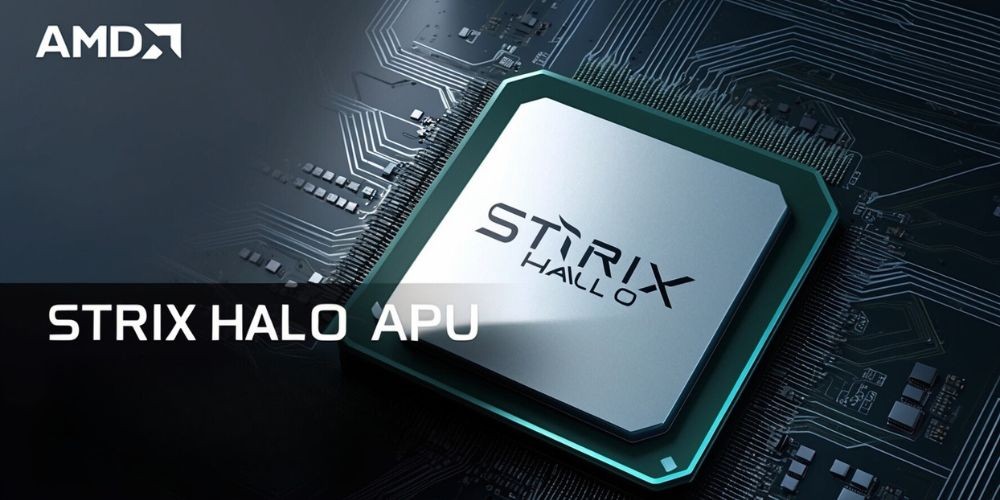
Optimized Airflow and Thermal Management
To enhance cooling further, airflow has been optimized through a 12V rather than 5V fan configuration. An air layer of 2.27mm between the PCB and the bottom case aids in effective heat dissipation. Moreover, the inclusion of nameplate holes helps control surface temperatures.
Chapter 6: Future Prospects
The AMD Strix Halo APUs are set for a 2025 launch, joined by other Zen 5 mobile products such as Fire Range and Krackan Point. These APUs will likely appear in a variety of devices ranging from laptops and tablets to handhelds and Mini PCs. The potential and versatility of these new APUs could herald an era of advanced mobile computing capabilities.
In summary, AMD's Strix Halo APU represents a significant leap forward in mobile platform performance. With its powerful CPU and high-performance integrated graphics, it is well-positioned to meet the stringent demands of both casual and power users. The forthcoming ASUS ROG Flow Z13 serves as an exciting canvas to demonstrate these capabilities, ensuring that 2025 will be a notable year for mobile computing advancements.